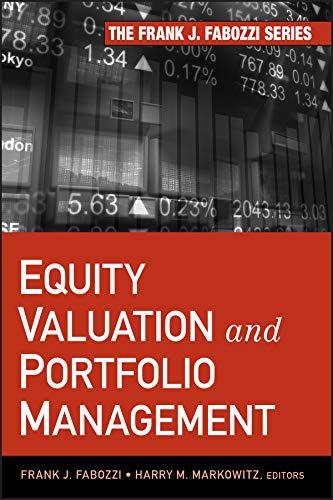Question
SCENARIO 4-5 Below are the 2004 and 2005 year-end balance sheets for Kewell Boomerangs: 2005 2004 Cash $ 100,000 $ 85,000 Accounts receivable 432,000 350,000
SCENARIO 4-5Below are the 2004 and 2005 year-end balance sheets for Kewell Boomerangs:
| 2005 | 2004 | |
| Cash | $ 100,000 | $ 85,000 |
| Accounts receivable | 432,000 | 350,000 |
| Inventories | 1,000,000 | 700,000 |
| Total current assets | $1,532,000 | $1,135,000 |
| Net fixed assets | 3,000,000 | 2,800,000 |
| Total assets | $4,532,000 | $3,935,000 |
| Accounts payable | $ 700,000 | $ 545,000 |
| Notes payable | 800,000 | 900,000 |
| Total current liabilities | $1,500,000 | $1,445,000 |
| Long-term debt | 1,200,000 | 1,200,000 |
| Common stock | 1,500,000 | 1,000,000 |
| Retained earnings | 332,000 | 290,000 |
| Total common equity | $1,832,000 | $1,290,000 |
| Total liabilities and equity | $4,532,000 | $3,935,000 |
Kewell Boomerangs has never paid a dividend on its common stock. Kewell issued $1,200,000 of long-term debt in 1997. This debt was non-callable and is scheduled to mature in 2027. As of the end of 2005, none of the principal on this debt has been repaid. Assume that 2004 and 2005 sales were the same in both years.
During 2005, Kewell's days sales outstanding was 40 days. The industry average DSO was 30 days. Assume instead that in 2005, Kewell had been able to achieve the industry-average DSO without reducing its sales, and that the freed-up cash would have been used to reduce accounts payable. If DSO were reduced, what would have been Kewell's current ratio in 2005?
Step by Step Solution
There are 3 Steps involved in it
Step: 1

Get Instant Access to Expert-Tailored Solutions
See step-by-step solutions with expert insights and AI powered tools for academic success
Step: 2

Step: 3

Ace Your Homework with AI
Get the answers you need in no time with our AI-driven, step-by-step assistance
Get Started


